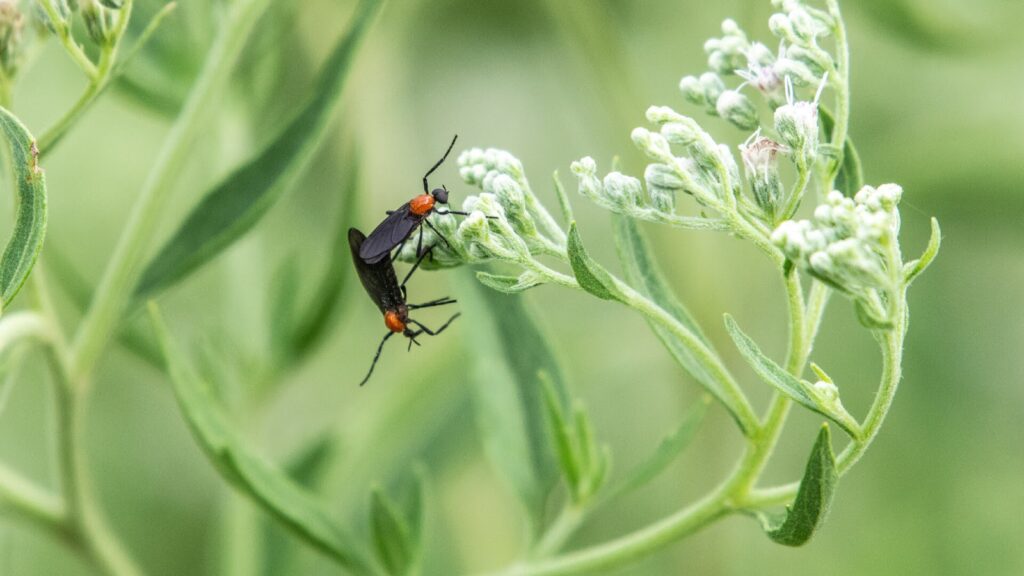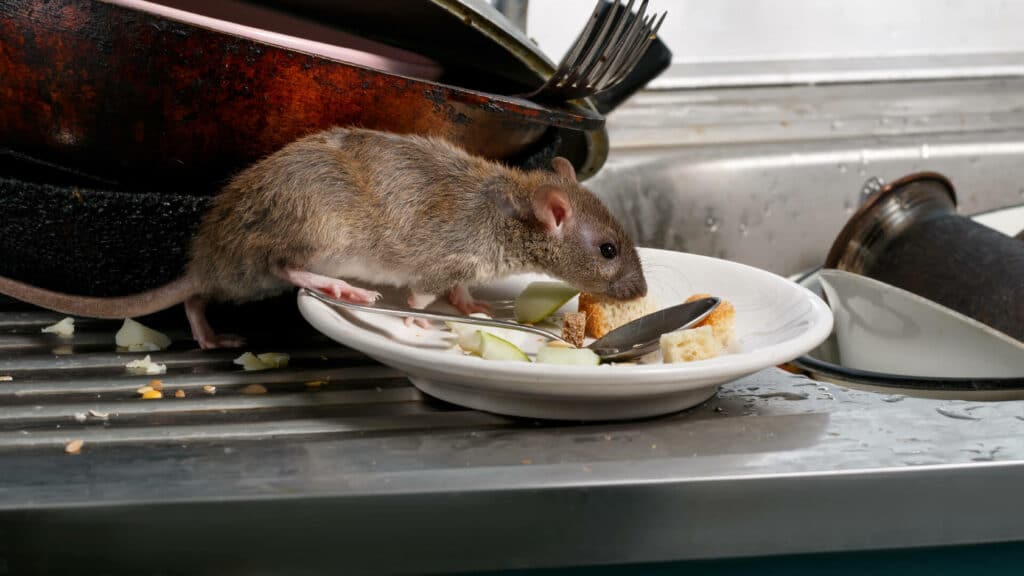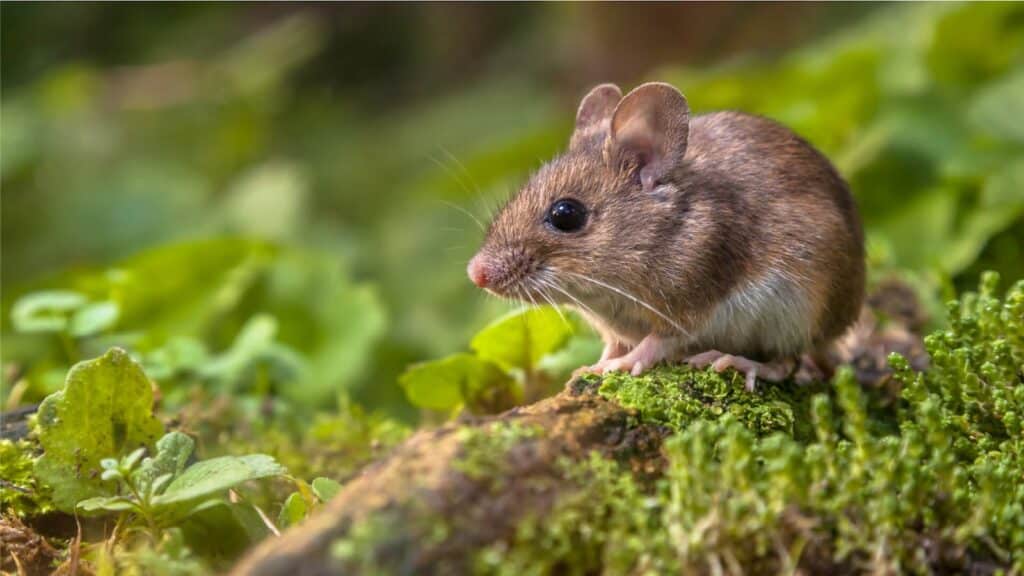While crickets are one of the least menacing pests you can find in your home, a cricket infestation can impact your sleep and cause long term damage to your belongings. During an infestation, crickets typically feed on fabric, like clothing and upholstered furniture, but will not shy away from eating other household objects, like paper, house plants, and pet food.
Unfortunately for homeowners in some regions of the country, a cricket infestation can seemingly happen overnight. These insects are not capable of carrying diseases or causing physical harm to humans or pets, but a cricket infestation is an unnecessary burden many homeowners have to face each year. There are early warning signs that will help you know if you’re susceptible to a cricket infestation before it’s too late. Learn what causes a cricket infestation and how you can prevent one from occurring inside your home.
What Causes a Cricket Infestation?
There are over 100 different species of crickets in the United States alone, and most are found east of the Rocky Mountains. Considering crickets thrive in warm, humid climates, homeowners located along the eastern coast of the United States and in parts of Southern California are the most at risk for a cricket infestation.
Heavy rainstorms can draw these insects indoors at any point throughout the year, but fall is the most likely season for a cricket infestation to occur for a variety of reasons. First, cricket eggs hatch during the spring and early summer, meaning these insects are fully grown by the start of fall. Second, crickets typically feed on grass and other plants. When the weather cools down and these plants begin to die, crickets will head inside to find warmth and available food.
Because these insects primarily inhabit areas with tall grasses, bushes, or trees, homes with large piles of bricks, wood, or grassy flower beds are more susceptible to a cricket infestation. Crickets can nest in compact crevices, so they often accumulate in cluttered areas of a home, like a garage or an attic. Crickets are also drawn to bright lights and will gravitate toward homes with bright outdoor light fixtures.
Signs You Have a Cricket Infestation
You’ll likely know if your home has been infested with crickets, but there are some tell-tale signs to look for before calling an exterminator. The most obvious way to determine if your home has been affected by a cricket infestation is if you spot multiple crickets inside your home. It’s common for one or two to wander in through torn window screens or holes in your home’s exterior walls without becoming a cause for concern, but if you begin spotting more and more crickets gathering in your home, it could be indicative of a larger problem.
We also recommend listening for the crickets’ chirps to determine if you have a cricket infestation. These insects rarely chirp during the day; instead male crickets chirp mostly at night when mating or courting a female. During the summer, hearing crickets chirping outside is very normal and likely expected. When the chirps become so loud you have trouble sleeping, however, is when an infestation has presumably taken place.
Another way to tell if you have a cricket infestation is by routinely checking your clothing and furniture for chewed-up edges. Crickets are specifically drawn toward wool, silk, cotton, and certain types of synthetic fabric. Instead of the small holes often made by moths and other fabric-eating pests, these insects create large holes in clothing and chew edges on upholstered furniture. If you suspect your home has been infested with crickets, we recommend doing laundry often, because these insects are especially drawn to clothing soiled with perspiration.
Preventing an Infestation
Preventing a cricket infestation is much easier than doing damage control once an infestation has already taken place. During the spring, we recommend following these tips for safeguarding your home from a future infestation:
- Trim bushes and move piles of wood or trash away from doors
- Keep lawn and patio tidy and clear of debris
- Clean and organize commonly cluttered areas, like the garage or attic
- Patch up any holes and cracks found in your home’s foundation or exterior walls
- Vacuum carpets, curtains, and furniture to get rid of cricket eggs
- Change outdoor lights from white to yellow-tinted light bulbs
If you’re finding yourself asking, ‘Why do I keep finding crickets in my house?’ or ‘Why is there such a cricket problem?’ you’re likely dealing with one of the reasons mentioned above. Additionally, aspects like cricket nests in house corners or quiet, undisturbed areas can exacerbate the situation. Effective cricket extermination strategies often begin with identifying the source by swift action to seal entry points and reduce indoor attractions. Employing cricket removal services or exploring pest control for crickets can be a necessary step for those experiencing persistent issues. A professional cricket exterminator can offer targeted cricket treatment designed to not only eliminate current populations but also prevent future infestations.
It’s important to call an exterminator as soon as you recognize the signs of a cricket infestation. The proper treatment plan for a cricket-infested home depends on the size of your property and surrounding environment. Aptive Environmental’s pest experts can provide a professional, effective treatment to help rid your home of crickets. Give us a call today!










